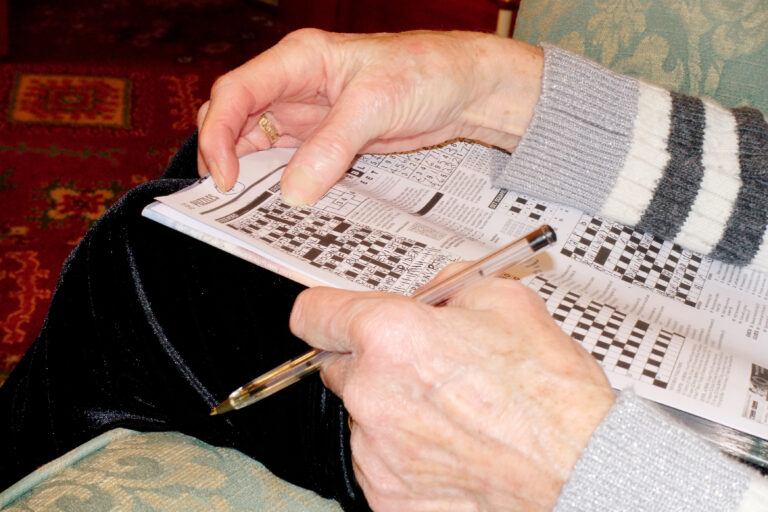Using textures for sensory therapy is a simple yet powerful way to help people, especially children or those with sensory processing differences, feel calm, focused, and emotionally balanced. Textures engage the sense of touch, which is a key part of how we experience and regulate the world around us.
To start, gather a variety of materials with different textures. These can include soft fabrics like velvet or fleece, rough surfaces like sandpaper, squishy items like stress balls or clay, smooth objects like polished stones, and even sticky or bumpy toys. The goal is to provide a range of tactile experiences that can either soothe or stimulate the senses depending on what the person needs.
When using textures for sensory therapy, it’s important to create a safe and comfortable environment. This means allowing the person to explore textures at their own pace without pressure. Some may prefer gentle, soft textures that feel calming, while others might seek out more intense or varied sensations to help them focus or release energy. Offering choices respects individual preferences and sensory sensitivities.
In practice, you can incorporate textured materials into play or art activities. For example, finger painting with smooth paint sticks or molding air-dry clay can be very soothing. Textured toys or fabrics can be used during moments of stress or anxiety to provide grounding and comfort. Weighted lap pads or soft cushions can also complement tactile input by adding gentle pressure, which many find calming.
Therapists often balance structured activities, like following a step-by-step craft project using specific textures, with open-ended exploration where the person freely interacts with materials that feel good to them. This combination helps build trust and encourages self-expression, making sensory therapy both effective and enjoyable.
Overall, textures in sensory therapy serve as a bridge to emotional regulation and sensory integration. They help the brain organize sensory information, which can improve focus, reduce anxiety, and support emotional well-being. Whether through soft pastels, textured toys, or clay, the tactile world offers a rich and accessible way to nurture calmness and confidence.





